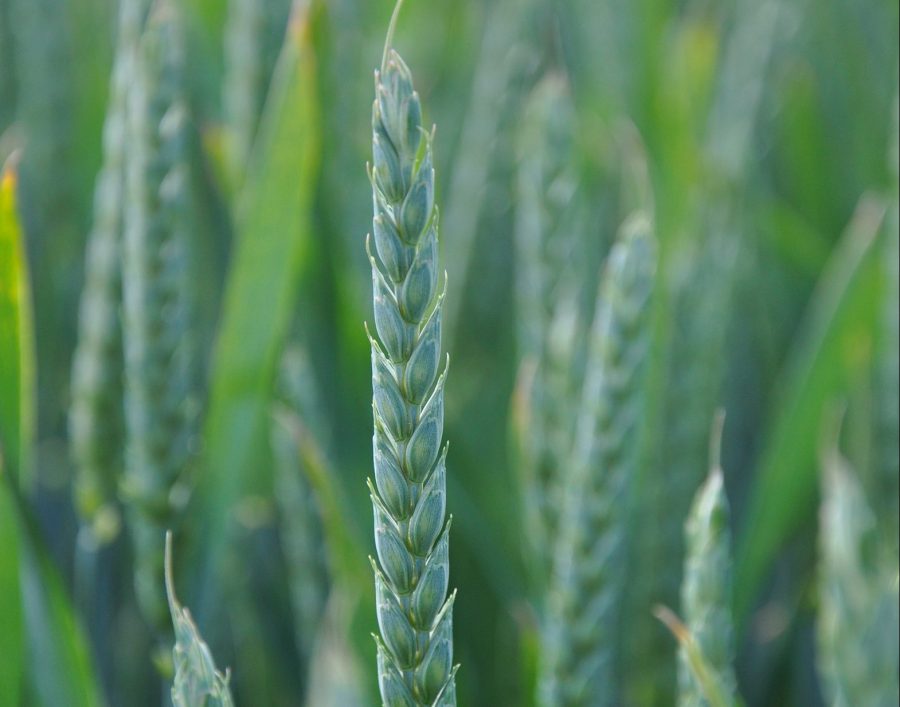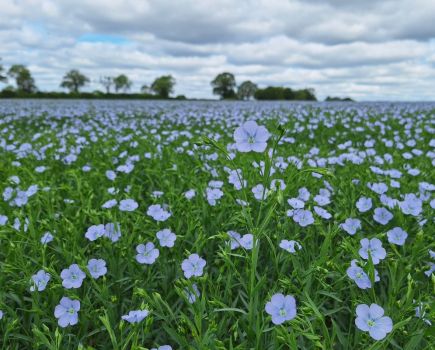Winter wheat varieties with a track record of delivering consistent performance over different growing seasons have again yielded well, despite the year’s challenging weather.
That’s the message from Syngenta’s Kathryn Hamlen, who says arable crops were subjected to multiple pressures during 2023 including persistent rain in spring which fuelled a septoria epidemic, a hot and dry June, then a wet summer that caused a stop-start harvest.
“Robust resistance to septoria may have helped certain varieties to better withstand the effects of the prolonged rainfall periods,” says Kathryn. “This could partly explain why hard feed wheat Graham has again yielded well this year. With its septoria resistance rating of 6.7 on the AHDB 2023-24 Recommended List (RL), it’s continued to perform up to its usual treated yield standard.”
Rooting ability
According to Kathryn, varieties which grow deeper roots may have been better able to scavenge for moisture during the dry June.
She says with a good septoria resistance rating of 6.4 on the AHDB RL, plus evidence of its good rooting ability, this may explain why SY Insitor turned in particularly impressive yield results this harvest.
“Choosing varieties that deliver dependable yield performance over different seasons is a key consideration to help arable farms remain resilient,” comments Kathryn.
Graham delivers the goods
One grower who has again had success with Graham during 2023 is David Bristow, farm manager for a 250ha arable plus beef enterprise at WPD Holland and Sons, near Lincoln.
With soils ranging from sandy to heavy clay, he says Graham as a first wheat averaged 10.1t/ha this summer, meaning it met the farm’s target despite not receiving much sunlight.
Graham also remained noticeably clean against septoria while using the farm’s standard fungicide programme, says David. “It was visibly cleaner early, especially when we had the wet spell in May. Graham is a steady wheat that does what it says,” he says.
After these positive results, David says the business is growing Graham again for Harvest 2024, with roughly a third of the farm’s 85-90ha of winter wheat earmarked for the variety.
He says he also likes Graham’s early maturity, which spreads harvest workload versus other varieties to reduce weather window bottlenecks.




